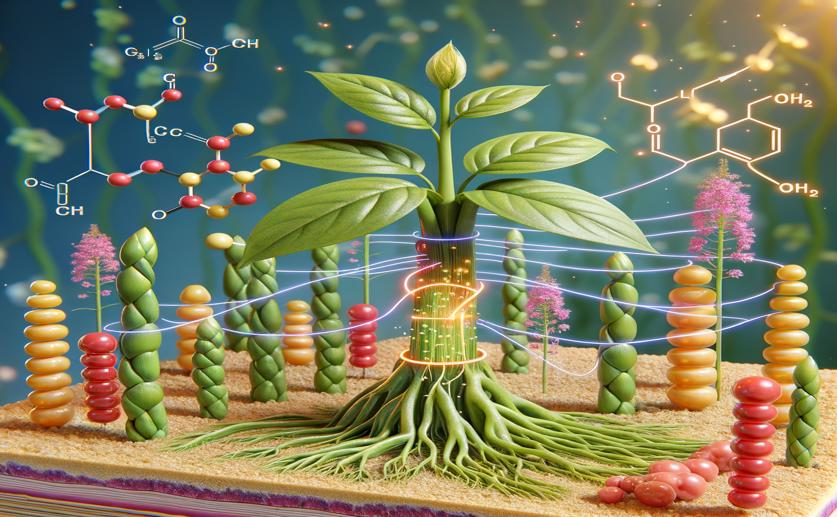
How Plant Hormones Interact: Insights from WsPR-1 Study
Jim Crocker
15th August, 2024

Image Source: Natural Science News, 2024
Key Findings
- Researchers at Guru Nanak Dev University found that transgenic tobacco plants with the WsPR-1 gene showed stunted growth and underdeveloped roots
- These plants had higher cytokinin levels and lower gibberellin levels, leading to delayed flowering and reduced seed pod production
- Increased lignin deposition in the stems of these plants suggests WsPR-1 also affects plant tissue structure, enhancing resilience
References
Main Study
1) Functional characterization of WsPR-1 reveals its interplay with cytokinin and gibberellin signaling pathways.
Published 12th August, 2024
https://doi.org/10.1016/j.ijbiomac.2024.134691
Related Studies
2) Plant pathogenesis-related (PR) proteins: a focus on PR peptides.
3) How do plants defend themselves against pathogens-Biochemical mechanisms and genetic interventions.
4) The NONEXPRESSOR OF PATHOGENESIS-RELATED GENES 1 (NPR1) and Related Family: Mechanistic Insights in Plant Disease Resistance.



 13th August, 2024 | Jenn Hoskins
13th August, 2024 | Jenn Hoskins